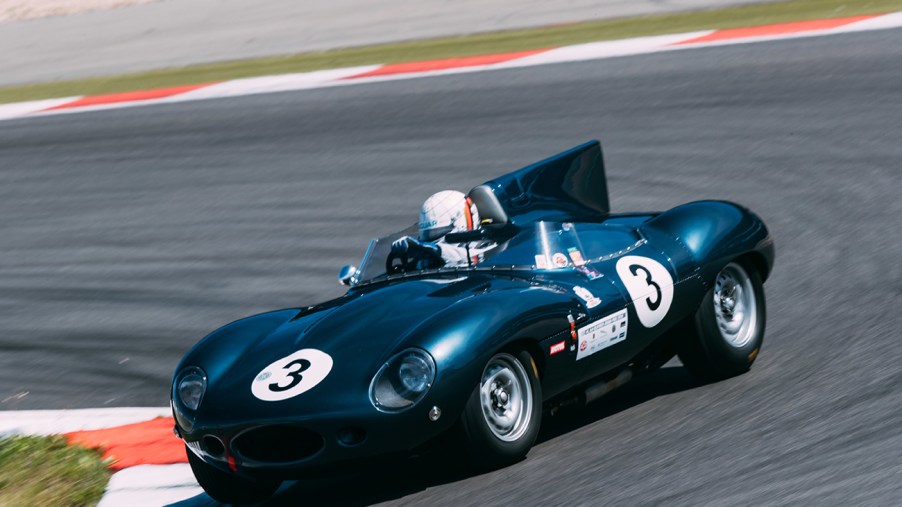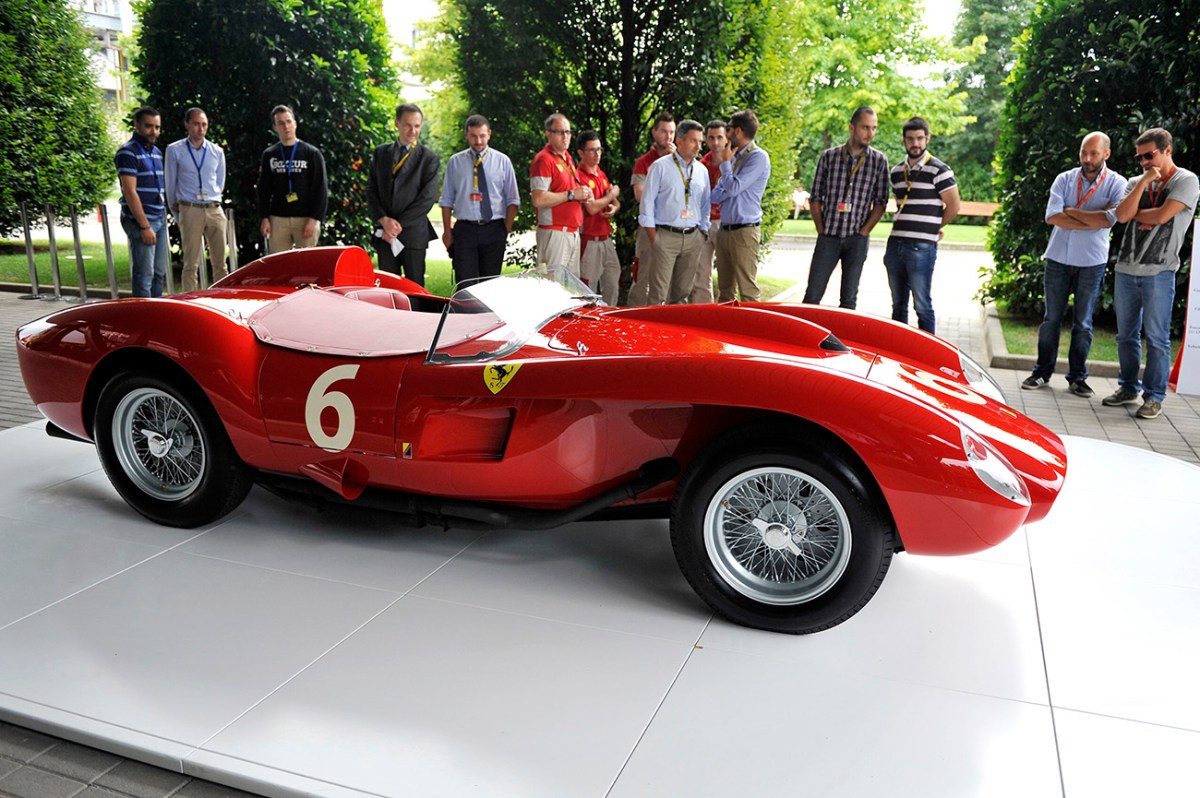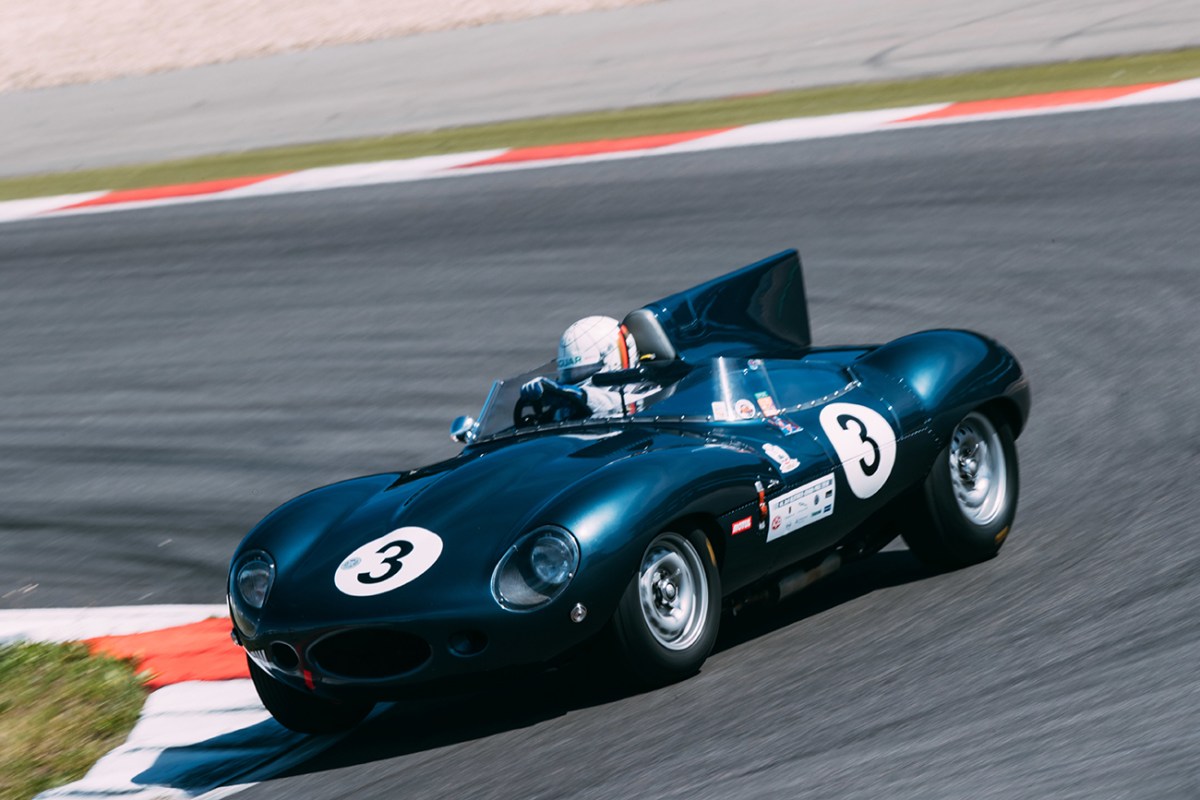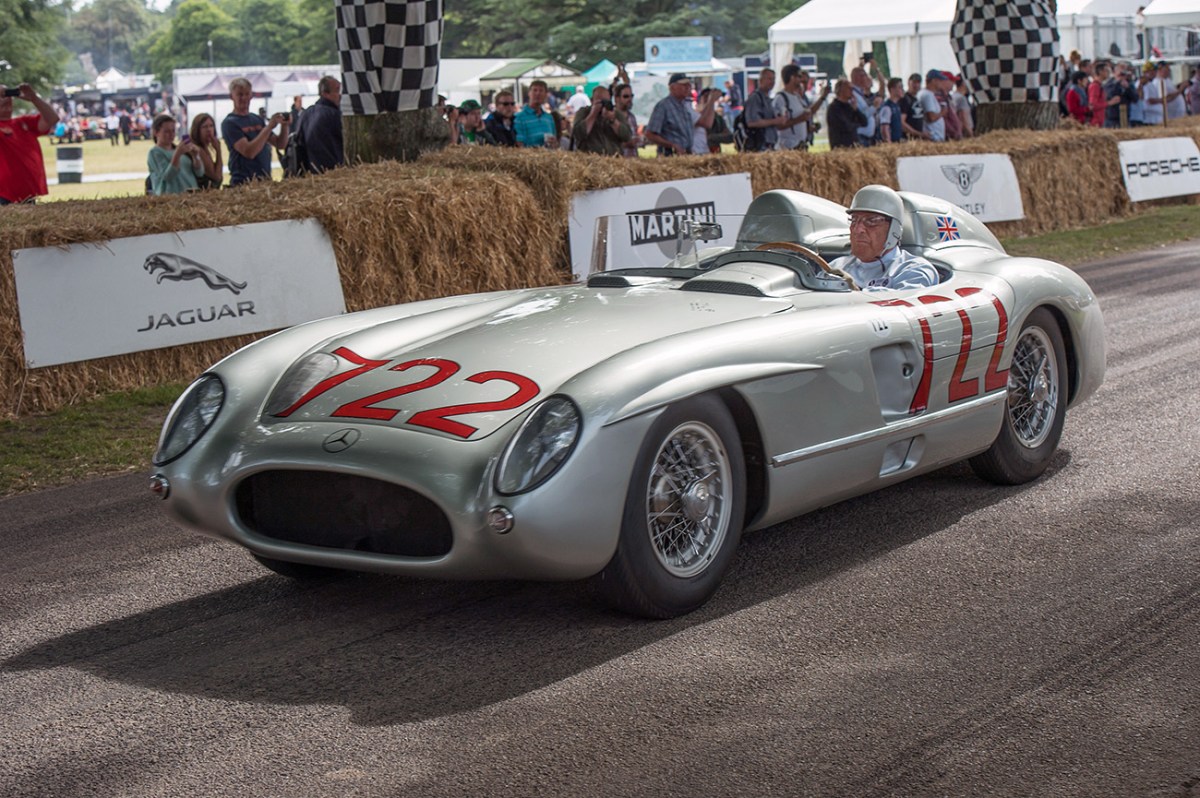
Three Of The Most Beautiful Classic Race Cars
When it comes to racing, there is a famous saying that “form follows function.” That means a car’s purpose and design is where its beauty originates. Perhaps that notion is debatable when talking about the race cars of today. Cars from the past, however, are an entirely different story.
Race cars of that era were stunning. Some of those race cars were also exceptionally successful. We want to highlight some of the prettiest and most successful race cars.
1957 Ferrari 250 Testa Rossa

Many classic car enthusiasts and historians believe that the Ferrari 250 Testa Rossa is one of the most beautiful cars ever made by human hands. When looking at the Testa Rossa’s lines and curves, it is easy to see why someone would think so. Keep in mind while looking at the silky shape of the 250 that when Ferrari made this car, there was no 3D printing, no computer-aided design; it was all shaped and designed by hand.
The Ferrari 250 Testa Rossa was just as fast as it is pretty. It was one of Ferrari’s most successful race cars. The car earned Ferrari wins at the 12 hours of Sebring, 1000 Kilometres of Buenos Aires, the Targa Florio, and Ferrari’s first-ever win at the 24 Hours of Le Mans. In 1958 the 250 Testa Rossa helped Ferrari secure the World Sports Car constructors’ title. Today the Ferrari 250 Testa Rossa is exceptionally rare and often sells for tens of millions of dollars at classic car auctions.
1954 Jaguar D Type Roadster

This Jaguar is indeed a special car. Widely regarded as one of the most beautiful cars in the world, its shape continues to inspire the design of Jaguar’s car to this day. Just take a look at the Jaguar F-Type to see hints of the D Type’s DNA. Like the previously mentioned 250 Testa Rossa, the D Type race car is impossibly curvy for a vehicle that was built by human hands rather than a computer-controlled machine.
The Jaguar D Type was more than a pretty face. The D Type won the 24 Hours of Le Mans three times in a row for Jaguar. The D Type was one of the first race cars at the time to have monocoque construction and all-wheel disc brakes. That might sound silly now, but back then, that was the bleeding edge of motorsport technology—all in a form factor that was very easy on the eyes.
1955 Mercedes Benz 300 SLR

Before the Project ONE hypercar, the Mercedes Benz 300 SLR was the original “Formula One car for the road.” In the mid-1950s, Mercedes Benz was actively participating in both the World Sportscar Championship and Formula One. Rather than build two completely different cars for both series, they essentially took their Formula One car (the W 196 R) and gave it a two-seat sports car body. The result is the 300 SLR.
British racing icon Sir Stirling Moss famously drove the Mercedes Benz 300 SLR. In Moss’ hands, the 300 SLR earned double victories at the Mille Miglia, a win in the Eifel race, the Swedish Grand Prix, and the Targa Florio.
Race cars of today are quite different than what was commonly seen back then. Current racers are much faster and more advanced. However, it is hard to argue that perhaps the racecars of the past have the edge when it comes to beauty and soul.


